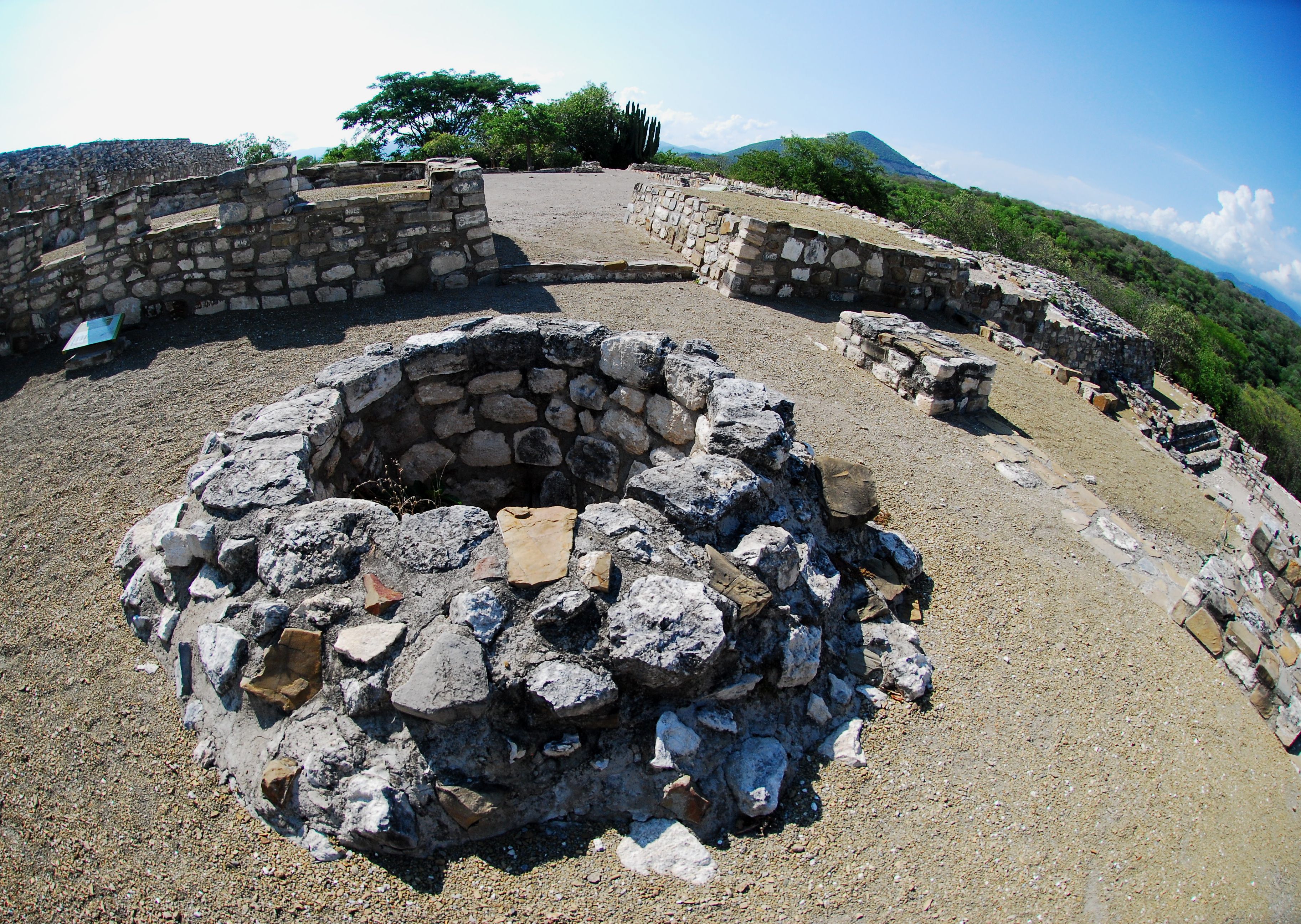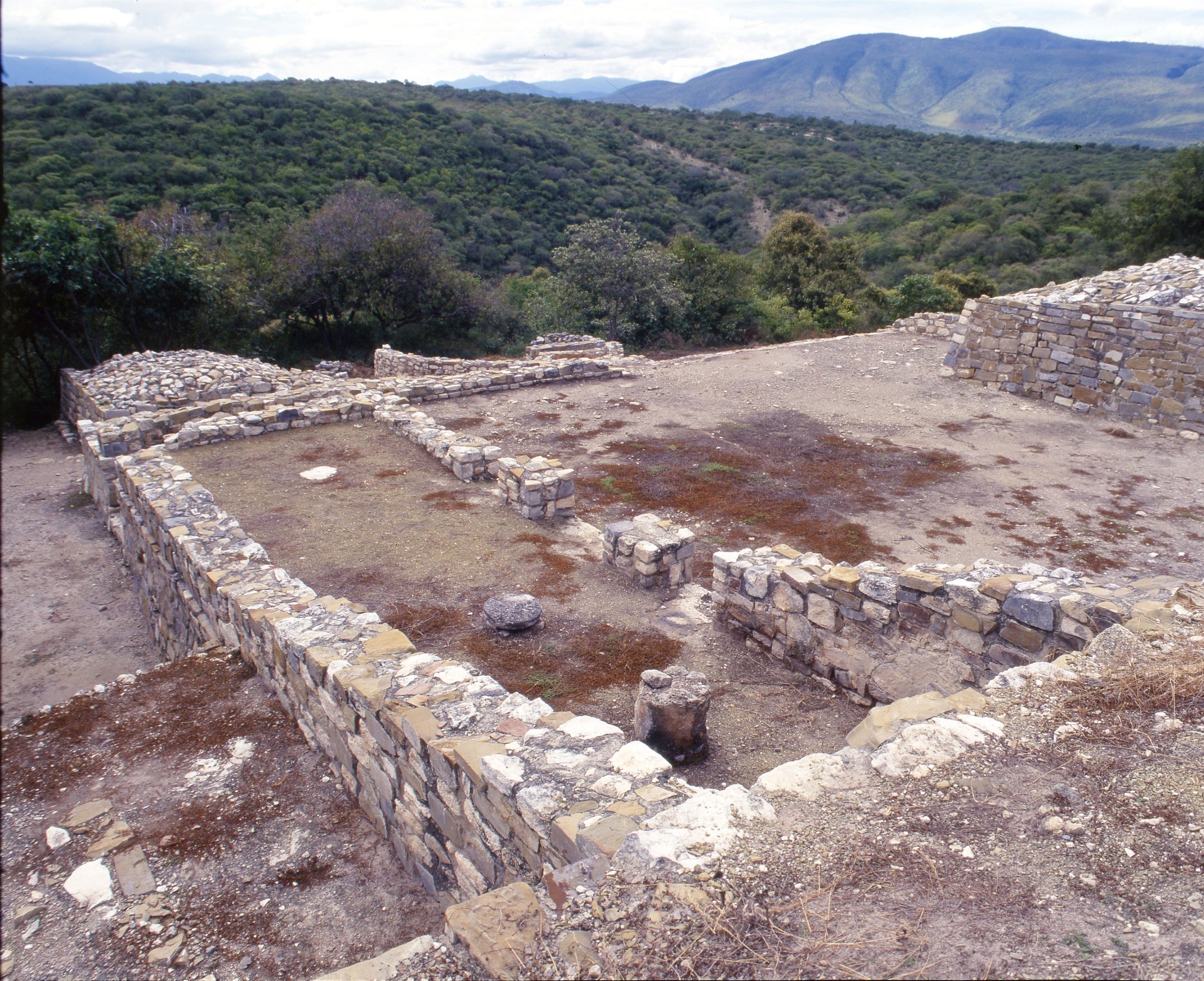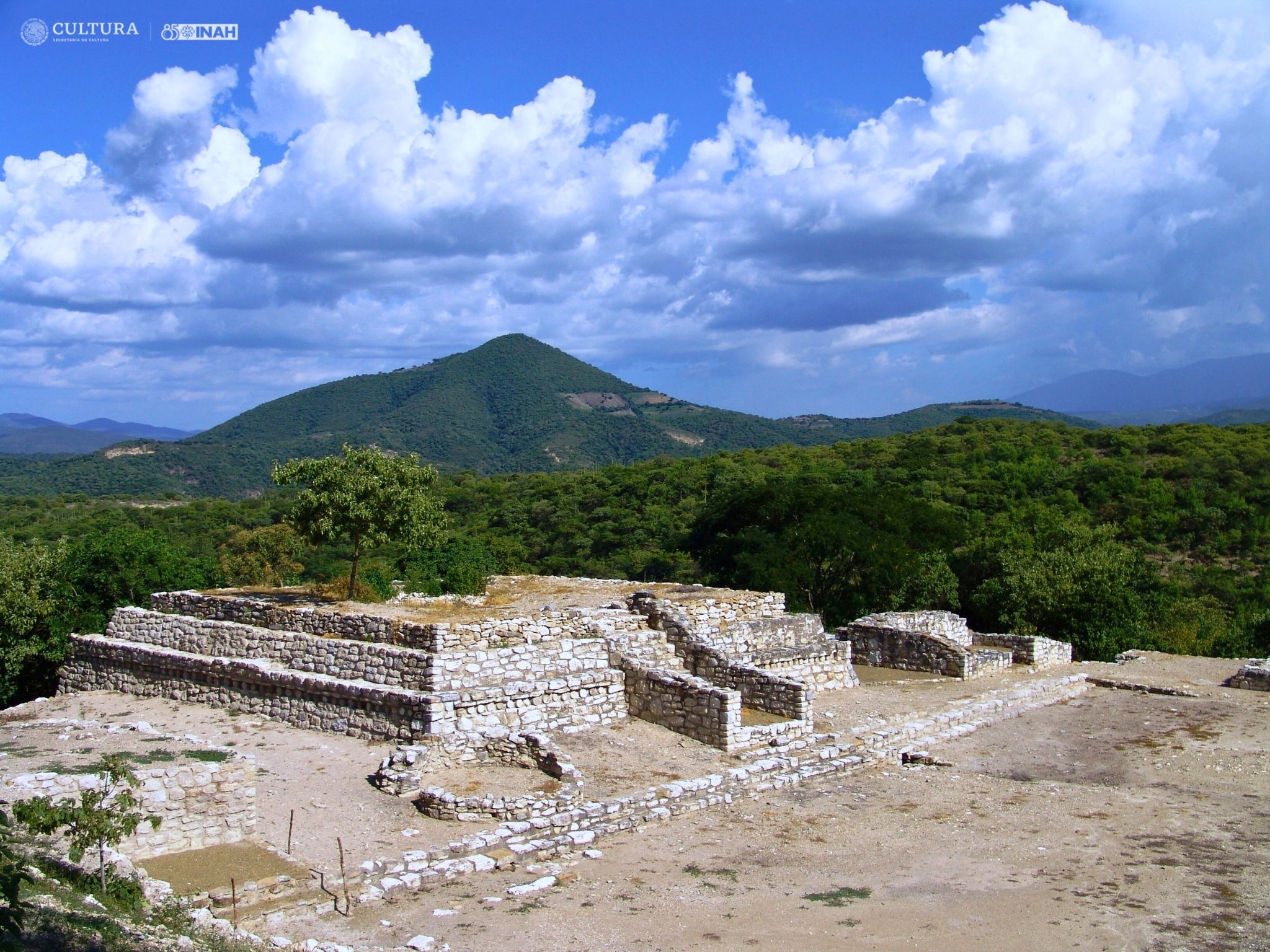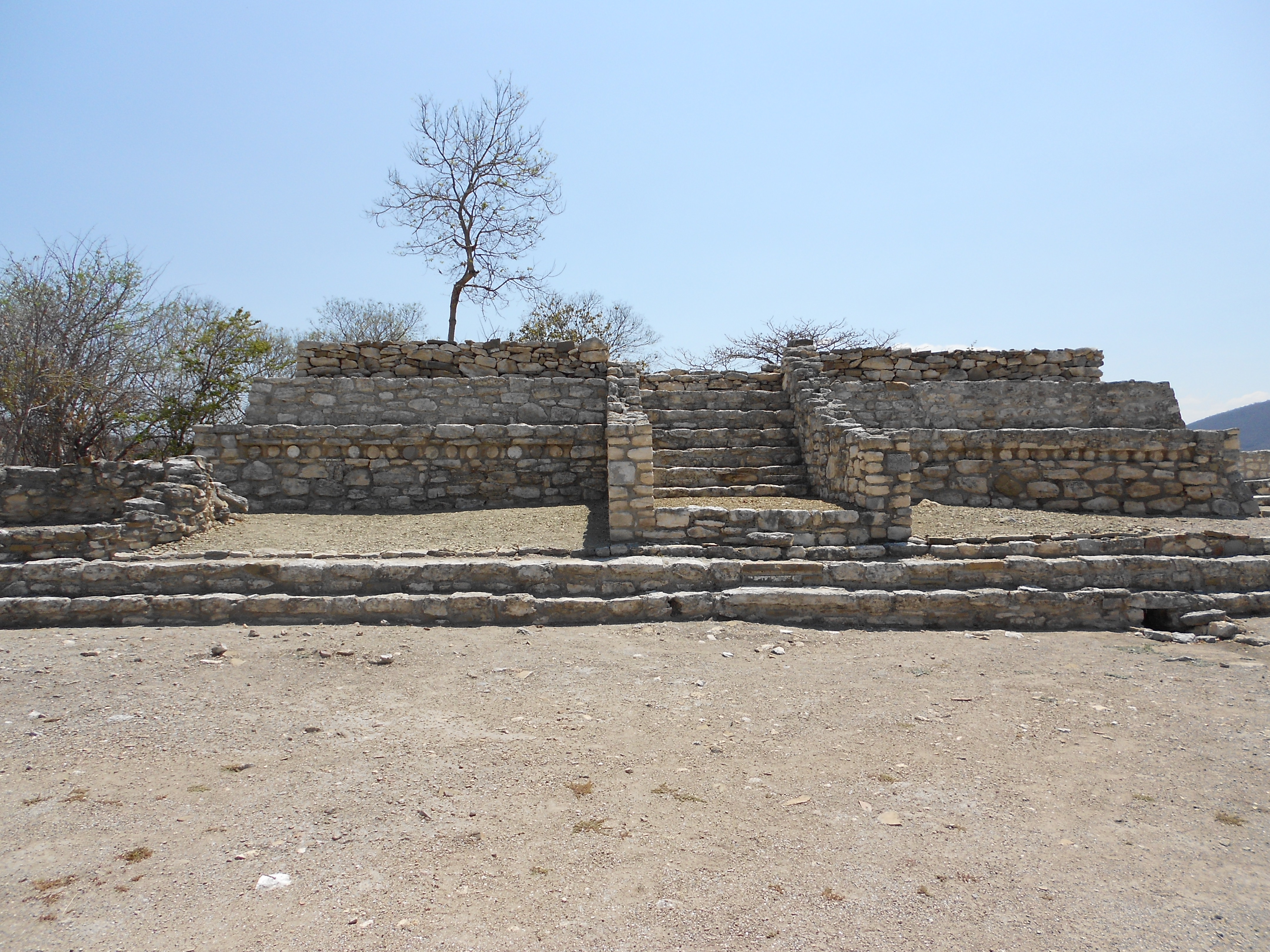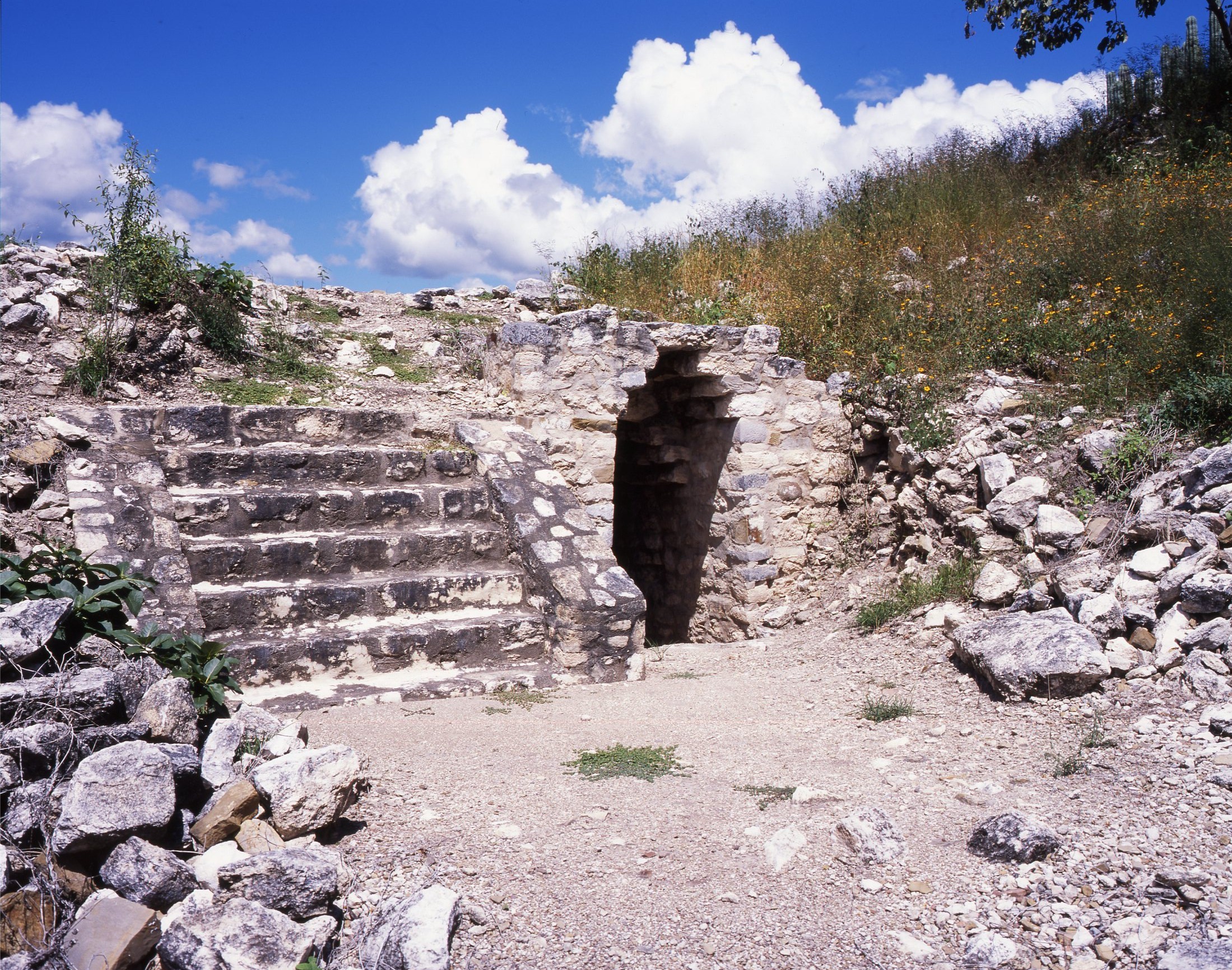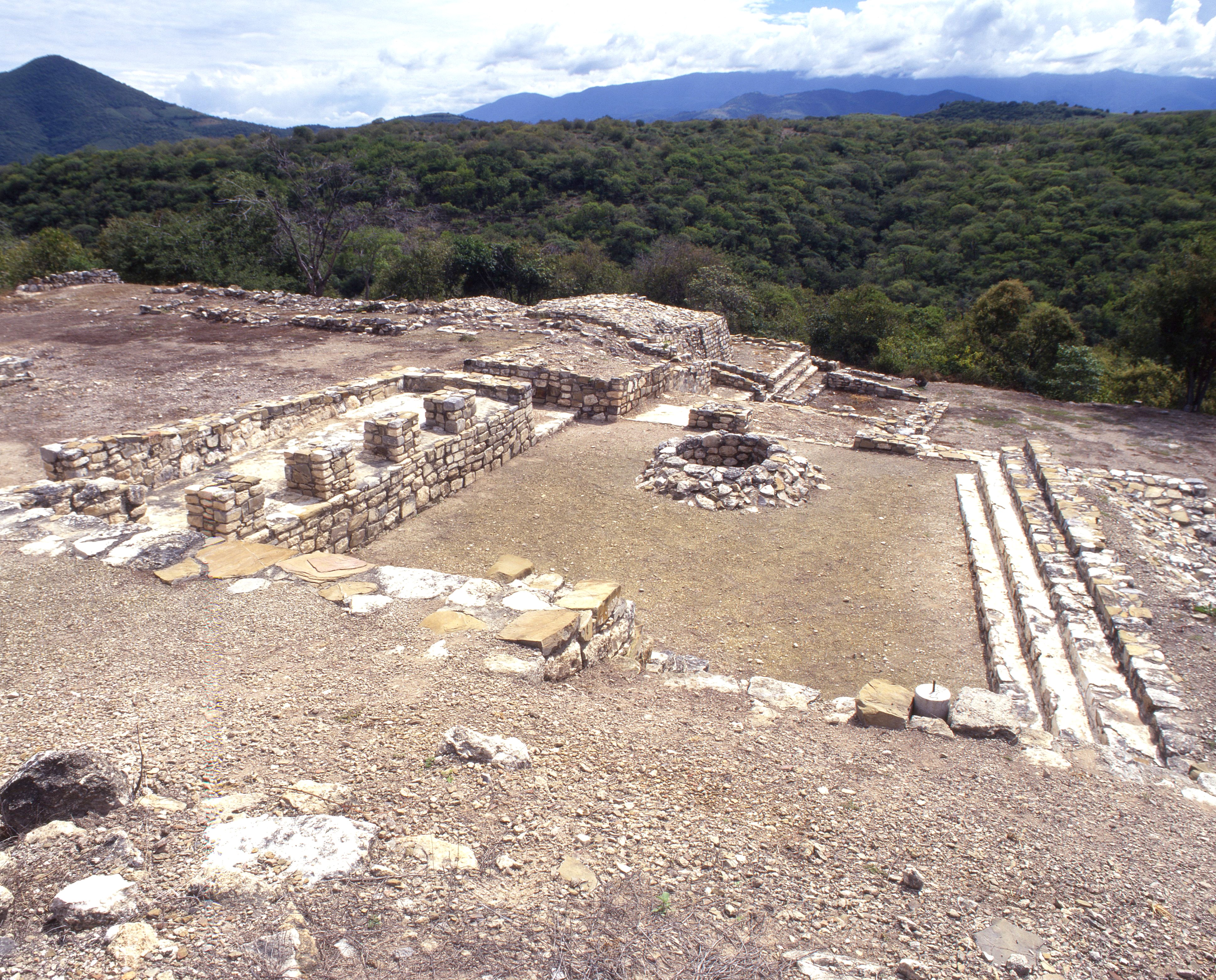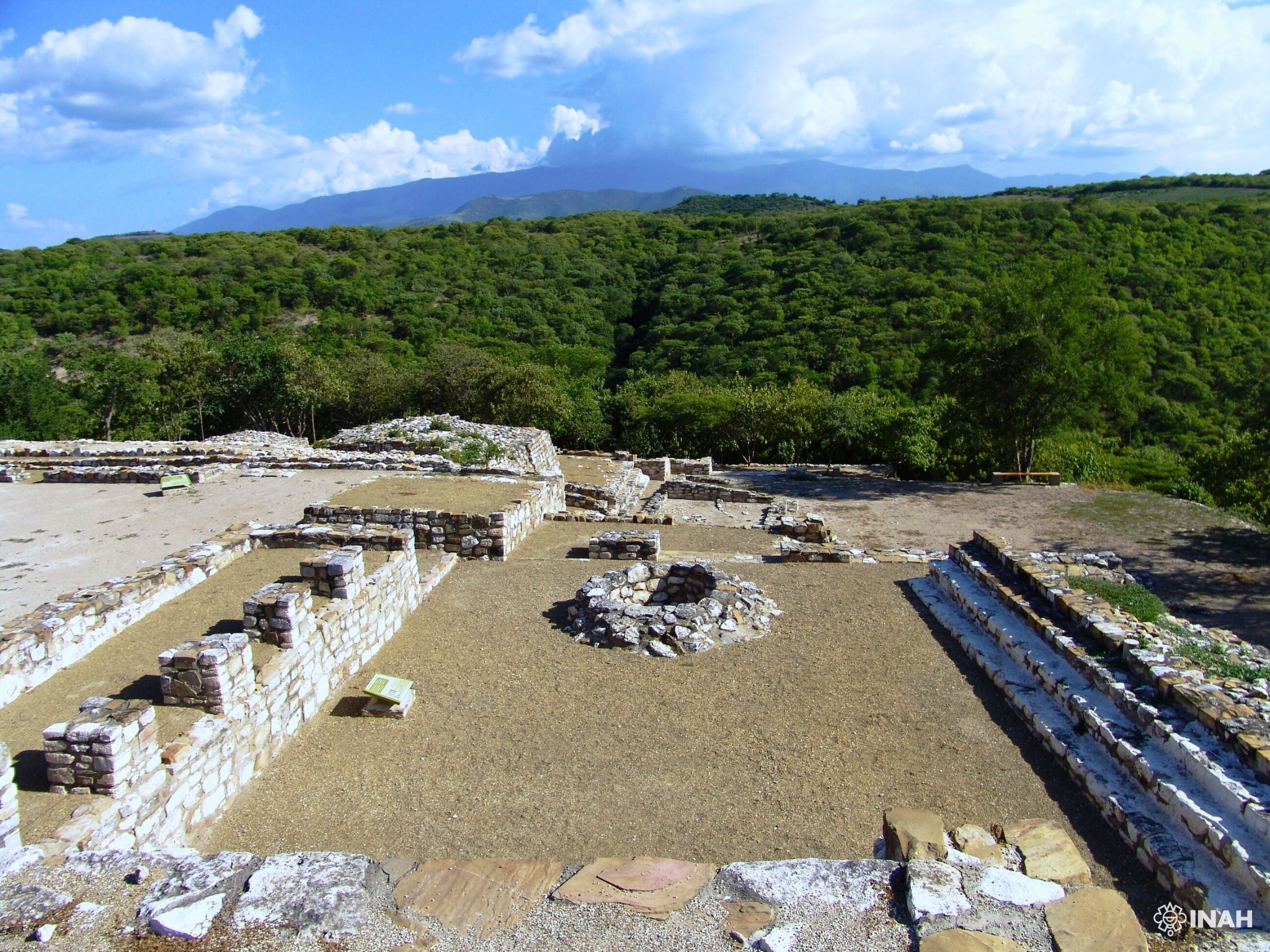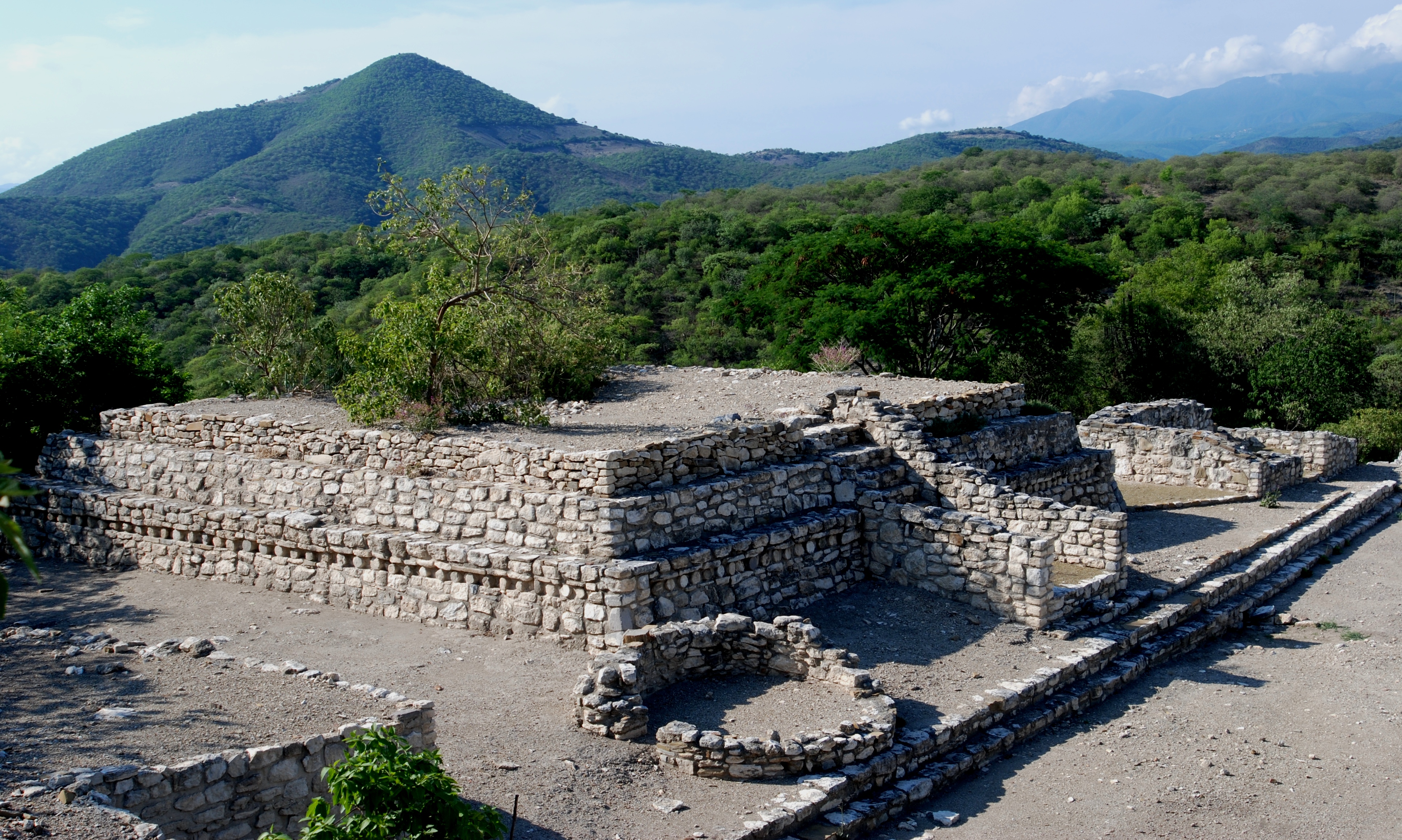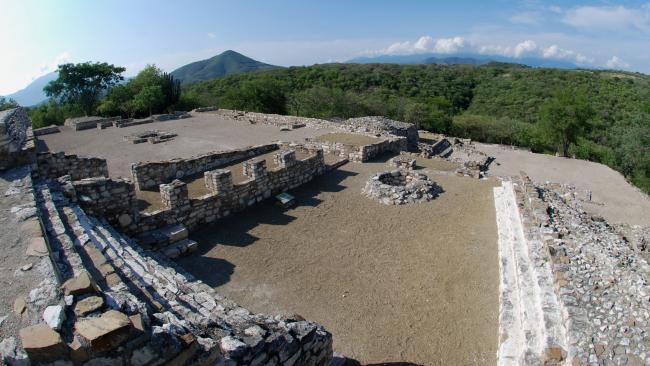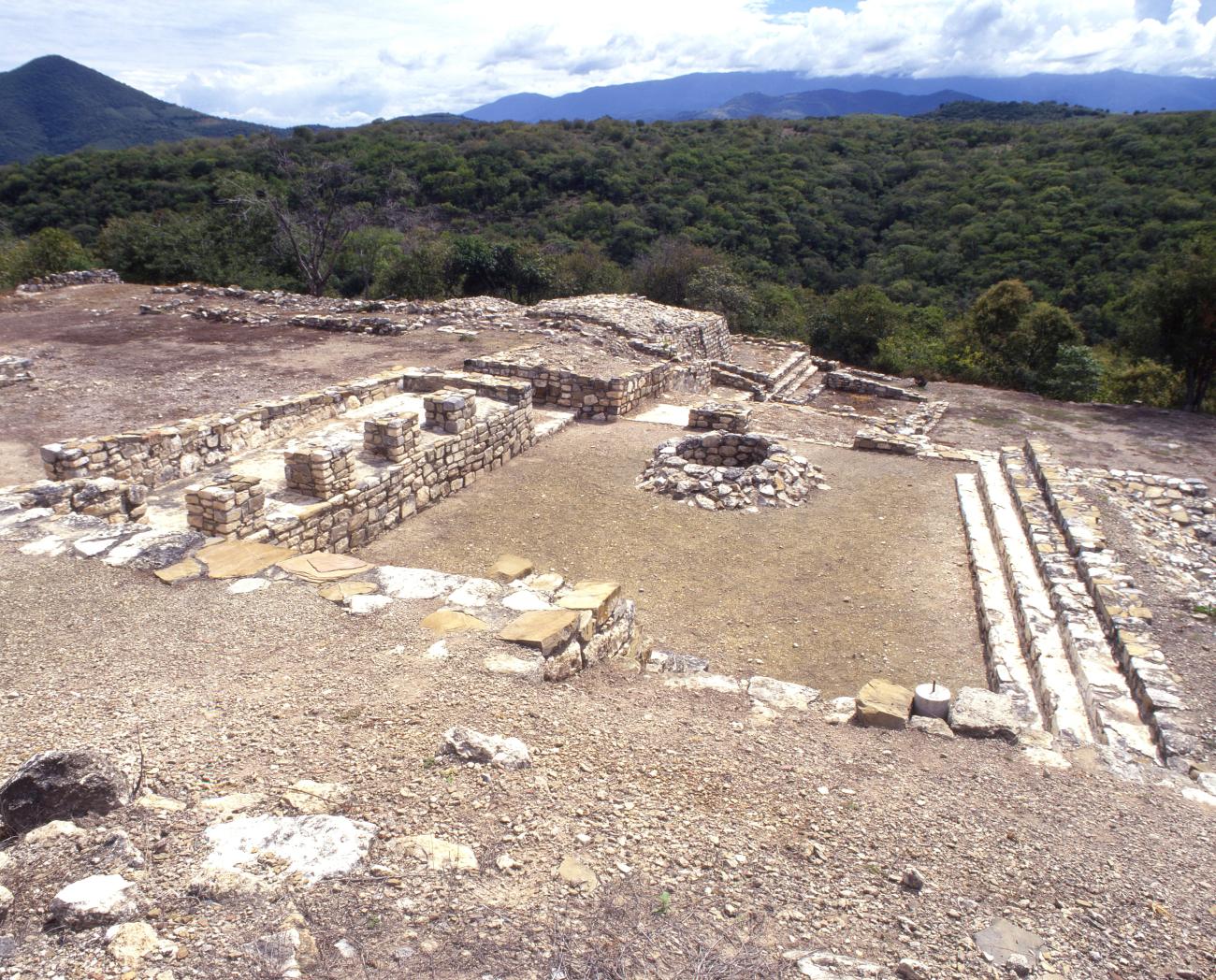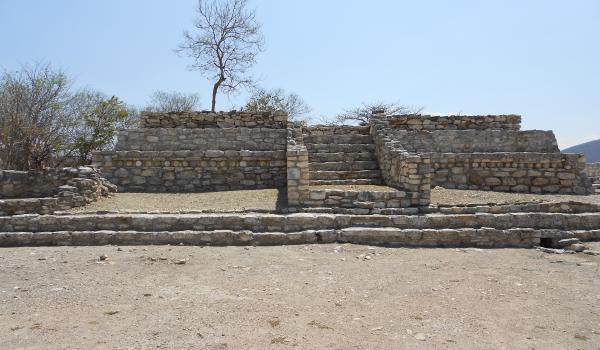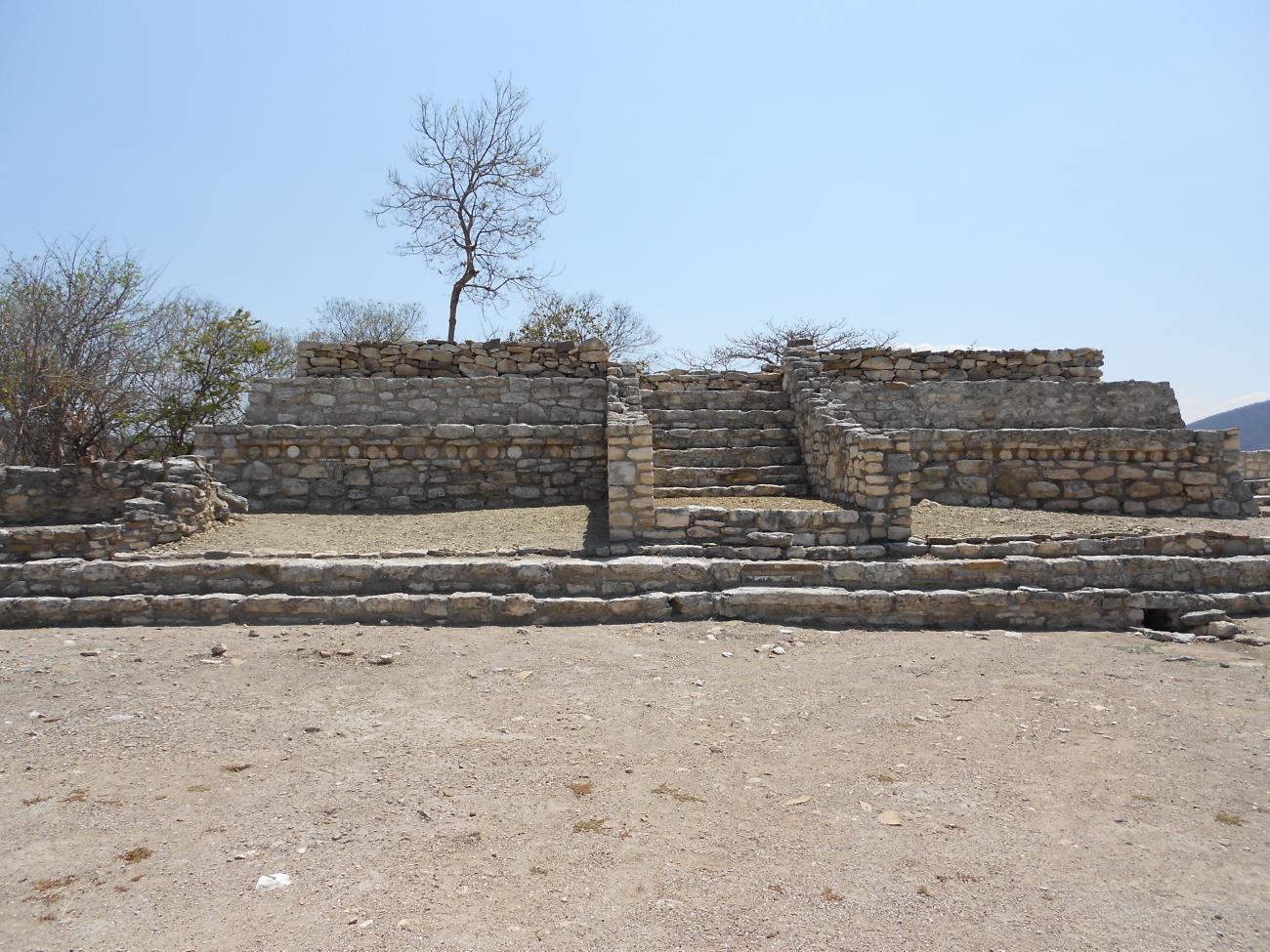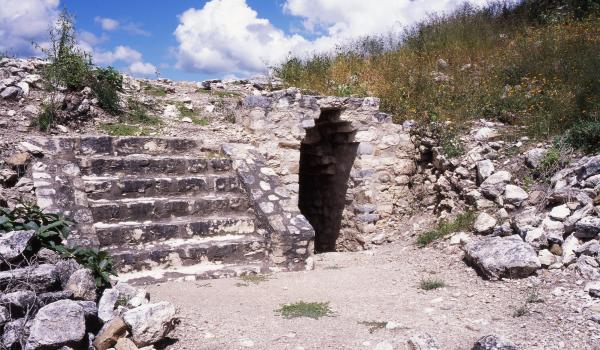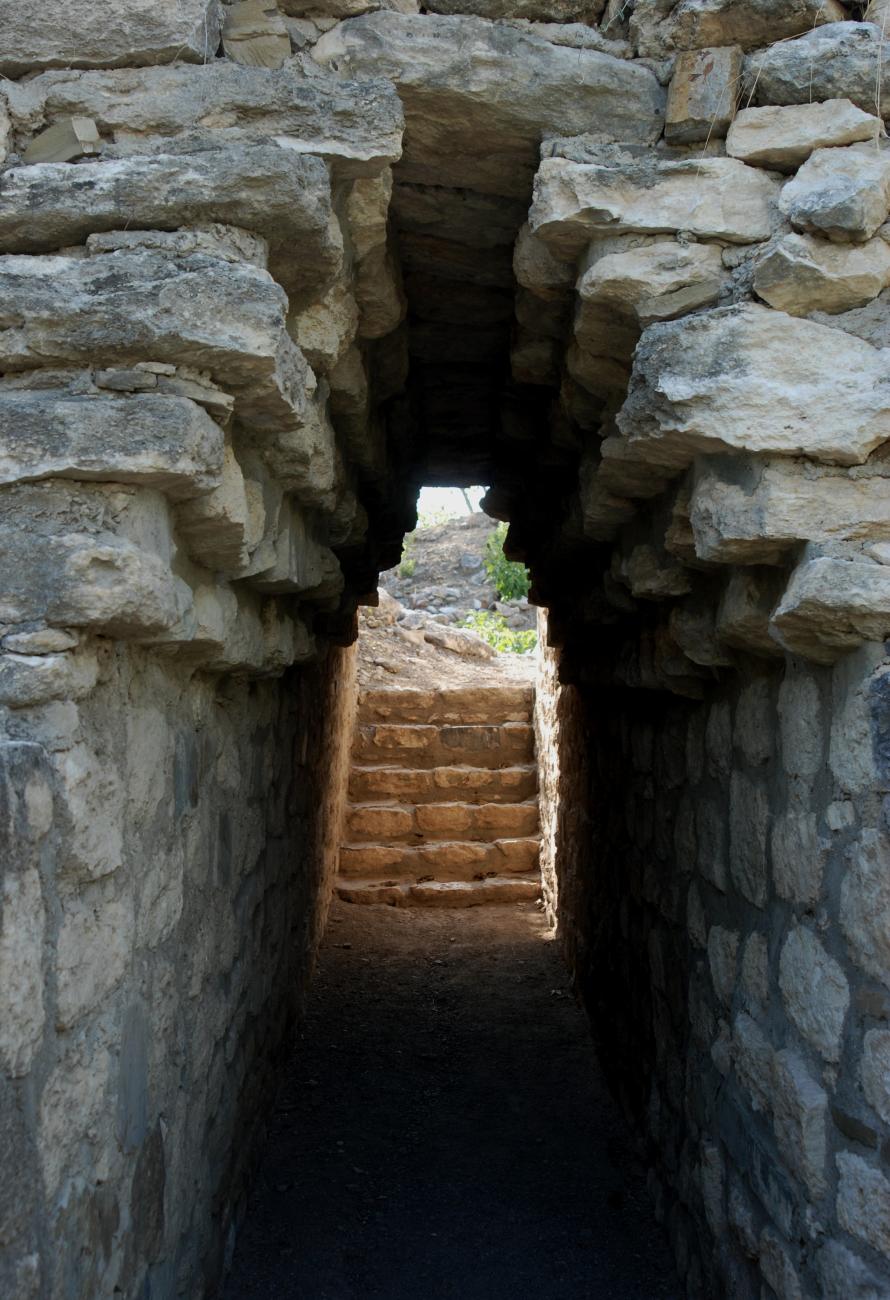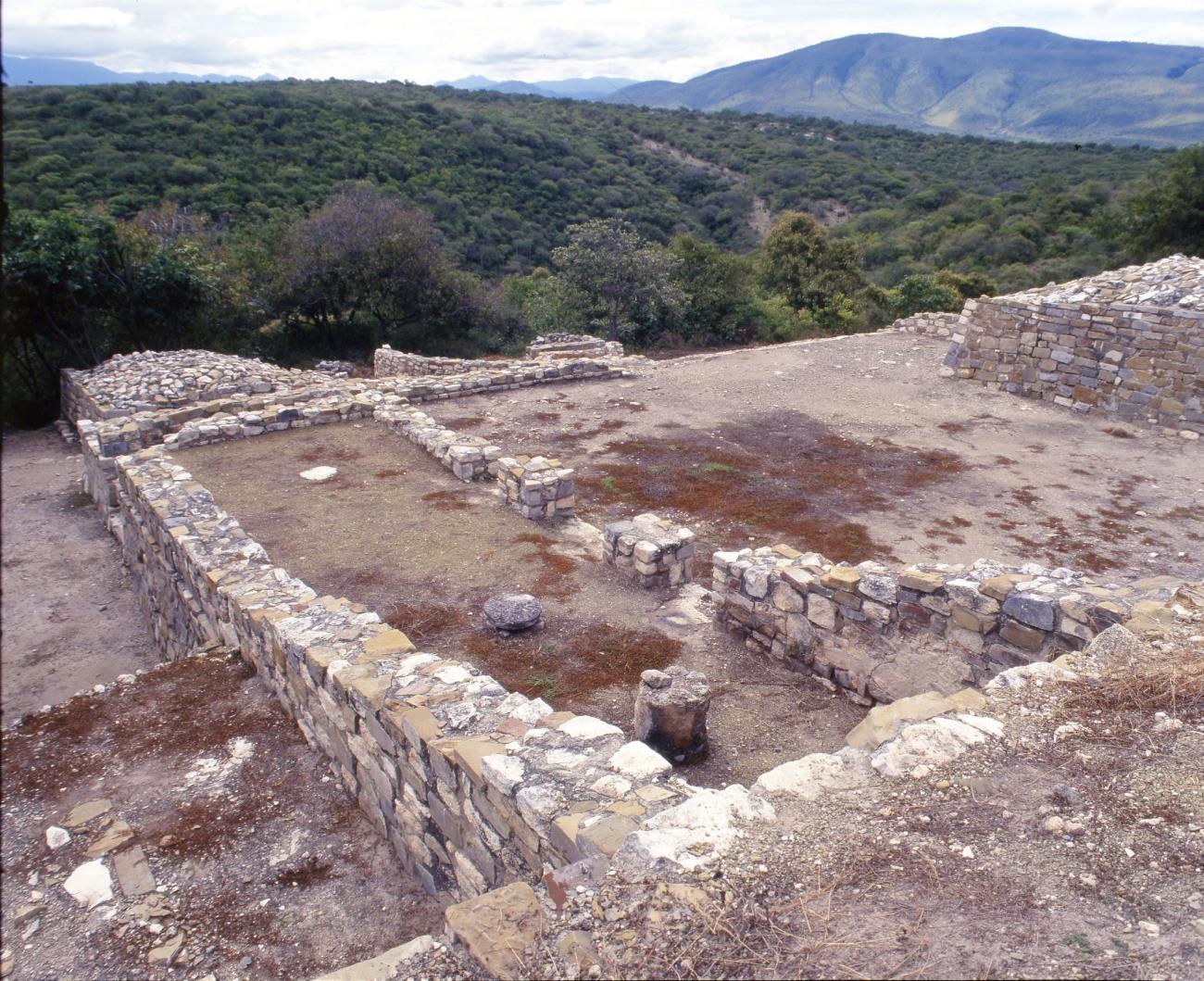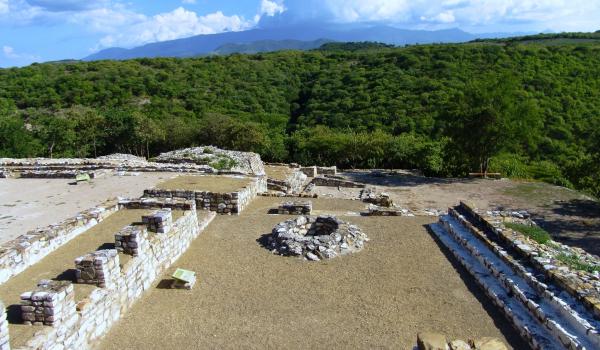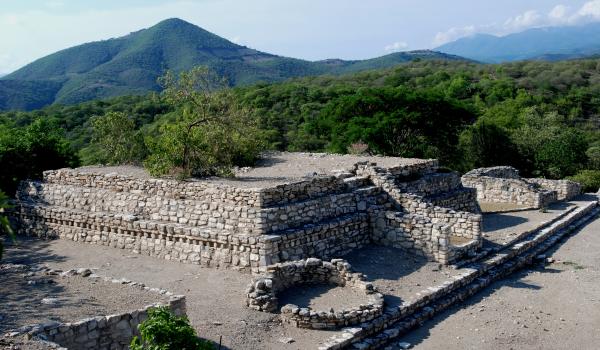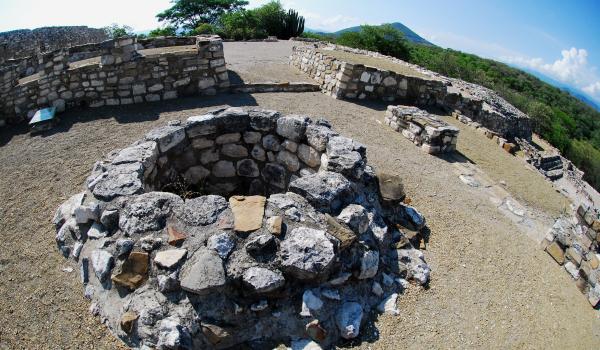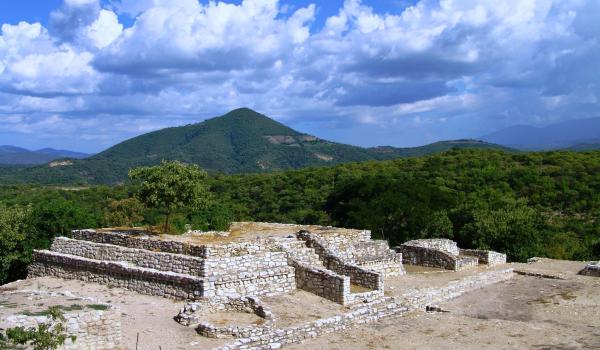Visit us
Xochipala
Opening hours
Tuesday to Sunday from 09:00 to 17:00 h - Last access 16:00 h
Fee
Sin costo
Adress
Road to La Organera Xochipala Km. 2 (approx.), Xochipala, Municipality of Eduardo Neri, Guerrero. Access to the road from Km. 248 of Highway No. 95 Mexico-Acapulco.
Access
From Mexico City, take Federal Highway 95 for Acapulco as far as Casa Verde junction (km 248). Continue on the road that leads to Xochipala, Filo de Caballos and Tlacotepec; travel 10 km to the beginning of a dirt road and continue 1 km further south, heading towards the spring of Xoxocoapa.
Services



Important
- No smoking
- No entry with food
- Pets not allowed

